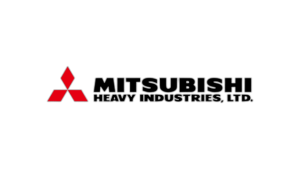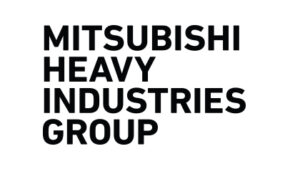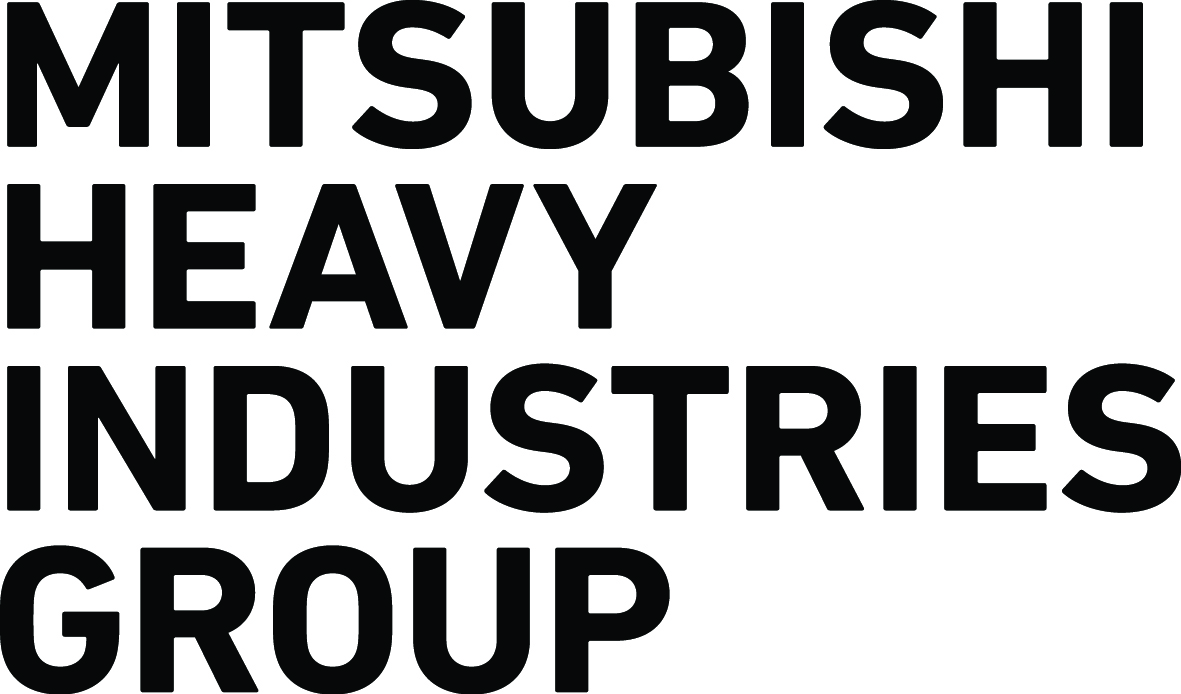A New Era: Challenges in Lunar Exploration and Manned Lunar Orbital Base Development
・ Environment control and life support system (ECLSS) development for the international habitation module (I-HAB) to be used on the Artemis Program’s Gateway space station
・ Involved in the LUPEX rover development and supporting Toyota’s manned pressurised rover assessment
・ Assessing cargo transfer vehicle to Gateway space station
Tokyo, September 14th, 2023 – Mitsubishi Heavy Industries, Ltd. (MHI) is advancing the development of mankind’s lunar exploration by participating in a series of domestic and international space programs. Through the contributions of these programs, which are based on our unparalleled heritage in space technologies, built over many years of space development, MHI will help launch a new era in lunar exploration and expand life in space half a century after the Apollo programs.
1. Environmental control and life support system (ECLSS) development for the international habitation module (I-HAB) to be used on the Gateway crewed space station
As part of the Artemis program, an international space exploration program led by NASA, MHI is working under JAXA to develop an environmental control and life support system (ECLSS) for the international habitation module (I-HAB) for Gateway, the crewed space station that will serve as a base for lunar exploration. MHI is committed to successfully developing ECLSS, the core life support capabilities for I-HAB.
The Artemis program, which unites the space agencies from the USA, Europe, Canada, Japan and other countries that developed the International Space Station (ISS), has as its principal objective of “establishing a base for human activity on the moon.” Gateway is considered the centrepiece of the program and will be built in lunar orbit to serve as a habitable transit base for astronauts heading to the moon for lunar exploration.
MHI will develop ECLSS, based on its development experience and years of operating the Japanese Experiment Module (JEM) for the ISS and HTV. ECLSS enables the creation of an environment that allows humans to live in space by supplying fresh air while removing CO2 and harmful contaminants from a confined space. ECLSS is a technology that will be indispensable also for the exploration of the Moon, Mars and beyond.

Gateway (right) and Gateway Cargo Transfer Vehicle (Source: JAXA)
2. Exploration rover development for LUPEX, the Lunar Pole area Exploration program, and Toyota’s manned pressurized rover assessment support
MHI is working on the development of an exploration rover for the Lunar Pole Exploration program (LUPEX), a collaborative program between JAXA and the Indian Space Research Organization (ISRO). The project aims to collect data regarding the quantity and quality of water resources on the moon, to determine whether such water can be used for future sustained space exploration. MHI will utilize the results from in-house research to develop off-road vehicle traveling technology that will be used to survey polar areas of the moon where water may be present.
Once completed, the rover will be loaded onto a lunar lander developed by ISRO and launched by Japan’s H3 launch vehicle in the mid-2020s.
The traveling technology and lunar data collected by the rover are expected to be used to support the manned pressurized rover development. Building on technological heritage in spacecraft integration, space environmental resistance and human space stay, MHI is supporting Toyota Motor Corporation and JAXA assessment on manned pressurized rover enabling astronauts to drive on the moon with no need to wear heavy space suits.

LUPEX Exploration Rover

Prototype of the exploration rover
(Source: JAXA)

Image of manned pressurized rover (Source: JAXA/TOYOTA)
3. Supporting an assessment of the cargo transfer vehicle for Gateway, building on the successful flight track record of HTV
MHI has been involved in the development of all nine successful flights of the HTV (H-II Transfer Vehicle) and its successor HTV-X. Building on these heritages, MHI is supporting JAXA’s assessment of the cargo transfer vehicle to Gateway space station.

The HTV-X cargo transfer vehicle
(Source: JAXA)

The pressurization module for the 1st HTV-X

















